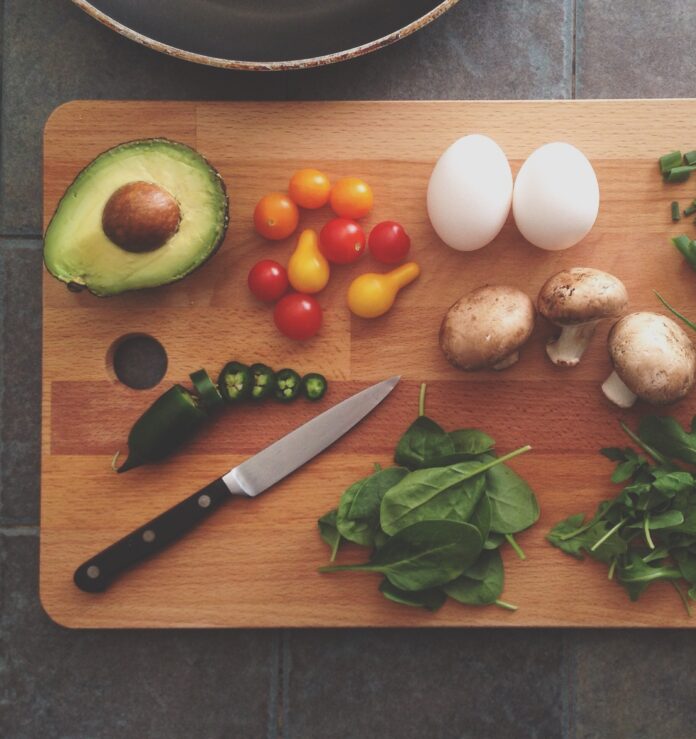The humble cutting board is an essential kitchen tool. However, the type of cutting board you use—plastic or wood—can make a significant difference in your cooking experience and even your health. Here’s a closer look.
Plastic Cutting Boards
While it was once believed that plastic boards were more resistant to bacteria, studies have shown that harder-to-clean grooves formed by cutting can harbor bacteria.
Plastic can also be tough on knives. The hard surface of plastic boards can dull knife blades more quickly, requiring more frequent sharpening.
Wood Cutting Boards
Wood, on the other hand, has natural antibacterial and antimicrobial properties. Research has shown that bacteria are less likely to survive on a wooden cutting board than on plastic.
A wooden cutting board also provides a softer surface for cutting, which is kinder to knife blades.
It’s worth noting that wood is also a renewable resource and wooden cutting boards are biodegradable. Choosing a wooden board, especially one sourced from sustainably managed forests, can reduce your environmental footprint.
And finally, high-quality wooden cutting boards can last many years, even decades, with proper care. While they might be more of an upfront investment, their longevity can make them more cost-effective over time.















